Ask AI on The Internet
Question: Read the following case study carefully and answer all the questions that follow: (Note that this case study is a follow-up of Tshepo’s case study used in assignments 02 and 03 but adapted to fit the assessment criteria for assignment 04.) Tshepo, an intelligent five-year-old, was diagnosed with autism spectrum disorder (ASD) at the age of three. Tshepo attends an inclusive school. Tshepo made remarkable progress in his academic and personal development. For example, his teacher used Universal Design for Learning to support him and his peers in the classroom. Visual supports (pictures) were used in visual schedules to help him transition to the next activity. Tshepo cannot communicate verbally although his parents understand his gestures. Tshepo understands pictures in picture books and can follow one-step instructions but struggles to comprehend multi-step instructions. He finds it difficult to sustain focus on tasks or follow instructions for an extended period. His teacher uses pictures to help him follow instructions or stories and to respond to questions. He prefers to play alone and not with his classmates. To help Tshepo socialise more with his classmates, a buddy system was introduced in the classroom where children paired with each other each week. Tshepo’s gross motor skills are poor. He cannot stand on one foot or hop and skip. He likes to swing and can climb stairs independently. Tshepo requires assistance with basic self-care tasks, such as dressing, eating, and personal hygiene. His teacher also introduced visual schedules for washing your hands. Due to his inability to communicate verbally, Tshepo exhibits challenging behaviour such as temper tantrums when his needs are not addressed. He does not like loud noises and would run away when he feels unsafe. Tshepo received support from the psychologist to cope with loud noises or what to do when he feels frustrated. Pictorial support was added to all these support strategies. 1. Explain why you think it is important for early screening to teachers. [3] 2. Use at least three examples from the case study to support your statement Study the following example of a developmental checklist. Copy the checklist below and complete it for Tshepo based on the information from the case study. [20] Developmental checklist: 5-year-olds Child’s name Date of birth Parent or guardian Milestones Date observed Fill in the date when you observed the action. Yes / No Comments Tick Gross motor skills • Stands on one foot for 10 seconds or longer • Hops • Somersaults • Swings • Climbs • Skips Fine motor skills • Copies geometric patterns. • Draws a person with a body. • Prints some letters. • Dresses and undresses without assistance. Language skills • Recalls parts of a story. • Speaks in sentences with more than five words. • Uses the future tense. • Gives their name and addressTells longer stories. Cognitive skills • Can count 10 or more objects. • Correctly names at least four colours. • Works in small groups for 5-10 minutes. • Demonstrates an improved understanding of the concept of time. • Knows about things used in daily living (e.g. food, money). Self-help skills • Uses cutlery correctly. • Can chew with their mouth closed. • Goes to the bathroom independently, when reminded. • Dresses independently, using buttons and zips
### Question 1: Importance of Early Screening for Teachers Early screening is essential for teachers because: 1. **Early Identification of Developmental Delays or Disorders:** - Early screening allows teachers to identify developmental delays or disorders in children, such as Tshepo's autism spectrum disorder (ASD), at an early stage. Early identification helps in understanding the child's specific needs and creates an opportunity for early intervention, which is crucial for the child’s long-term development. 2. **Implementation of Targeted Interventions:** - With early screening, teachers can implement targeted interventions that are tailored to the child’s unique developmental profile. For example, Tshepo's teacher uses Universal Design for Learning and visual supports to facilitate his learning and transitions between activities, making the classroom environment more inclusive and supportive. 3. **Improved Academic and Social Outcomes:** - Early identification and intervention can lead to improved academic and social outcomes. In Tshepo’s case, interventions such as visual schedules, the buddy system, and support from a psychologist help him manage his behaviors, develop communication skills, and increase social interaction, all of which contribute to his academic and personal development. ### Question 2: Developmental Checklist for Tshepo #### Developmental Checklist: 5-year-olds | **Child’s name:** Tshepo | **Date of birth:** [Enter Date] | **Parent or guardian:** [Enter Parent/Guardian Name] | |---|---|---| | **Milestones** | **Date Observed** | **Yes / No** | **Comments** | |---|---|---|---| | **Gross motor skills** | | | | | Stands on one foot for 10 seconds or longer | [Date] | No | Tshepo struggles with balance and cannot stand on one foot. | | Hops | [Date] | No | Tshepo has poor gross motor skills and cannot hop. | | Somersaults | [Date] | No | No information provided. | | Swings | [Date] | Yes | Tshepo likes to swing. | | Climbs | [Date] | Yes | Tshepo can climb stairs independently. | | Skips | [Date] | No | Tshepo has poor gross motor skills and cannot skip. | | **Fine motor skills** | | | | | Copies geometric patterns | [Date] | No | No information provided. | | Draws a person with a body | [Date] | No | No information provided. | | Prints some letters | [Date] | No | No information provided. | | Dresses and undresses without assistance | [Date] | No | Tshepo requires assistance with dressing and undressing. | | **Language skills** | | | | | Recalls parts of a story | [Date] | No | Tshepo needs visual supports to follow stories. | | Speaks in sentences with more than five words | [Date] | No | Tshepo cannot communicate verbally. | | Uses the future tense | [Date] | No | Tshepo cannot communicate verbally. | | Gives their name and address | [Date] | No | Tshepo cannot communicate verbally. | | Tells longer stories | [Date] | No | Tshepo cannot communicate verbally. | | **Cognitive skills** | | | | | Can count 10 or more objects | [Date] | No | No information provided. | | Correctly names at least four colours | [Date] | No | No information provided. | | Works in small groups for 5-10 minutes | [Date] | No | Tshepo prefers to play alone and not with classmates. | | Demonstrates an improved understanding of the concept of time | [Date] | No | No information provided. | | Knows about things used in daily living (e.g. food, money) | [Date] | No | No information provided. | | **Self-help skills** | | | | | Uses cutlery correctly | [Date] | No | Tshepo requires assistance with eating. | | Can chew with their mouth closed | [Date] | No | No information provided. | | Goes to the bathroom independently, when reminded | [Date] | No | No specific information provided; assistance assumed. | | Dresses independently, using buttons and zips | [Date] | No | Tshepo requires assistance with dressing and undressing. | ### Additional Notes: - Many of the milestones for fine motor, language, cognitive, and self-help skills were not explicitly detailed in the case study. Therefore, no definitive 'date observed' could be added. - Observations indicate that Tshepo requires significant support across multiple areas of development, particularly in gross motor skills, language skills, and self-help abilities.
Think your answer is better than the AI's? Post it below.
Other Most Relevant Posts:
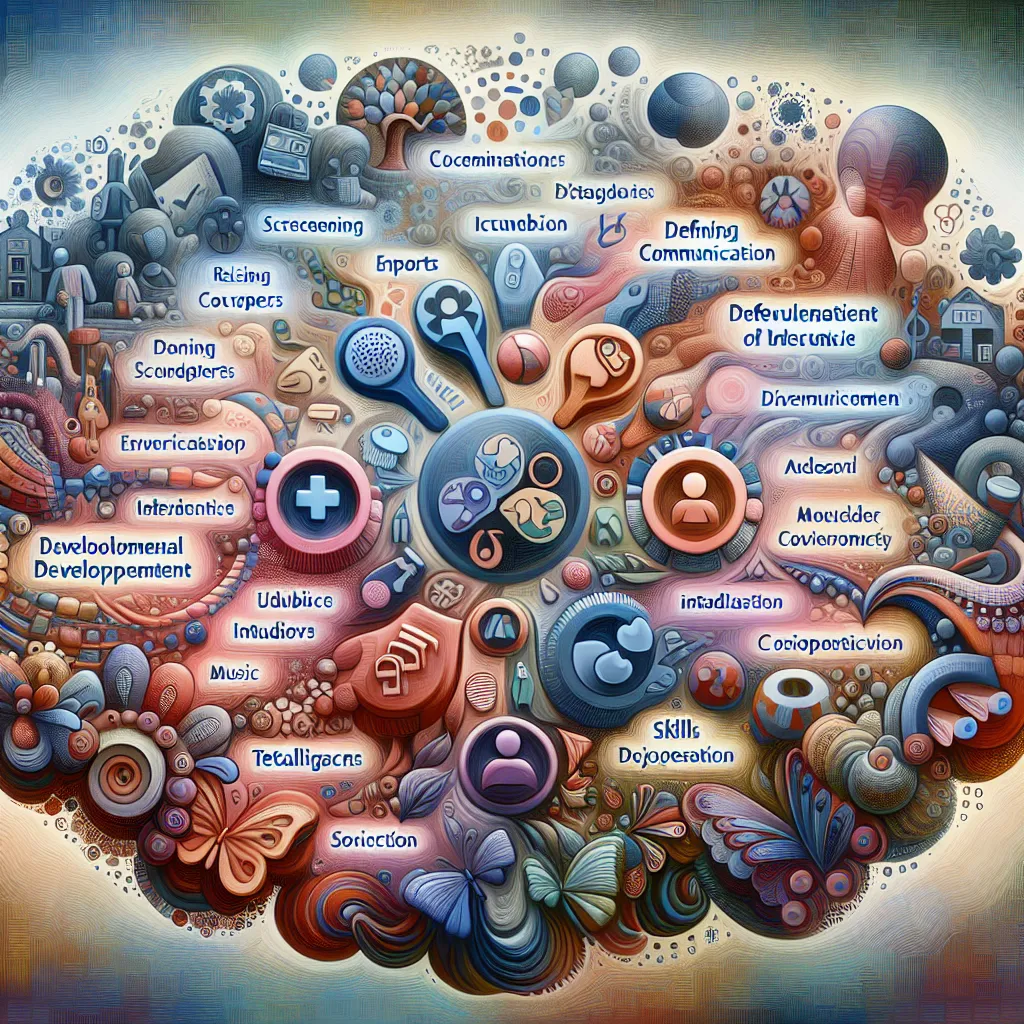 # Assignment 04 Questions
# Importance of Early Screening for Teachers
# Examples from the Case Study
# Developmental Checklist for Tshepo
# Developmental Concerns
# Language Development Red Flag
# Assignment 04 Questions
# Importance of Early Screening for Teachers
# Examples from the Case Study
# Developmental Checklist for Tshepo
# Developmental Concerns
# Language Development Red Flag
Question Tags
If you want your question answered by an AI, click here.
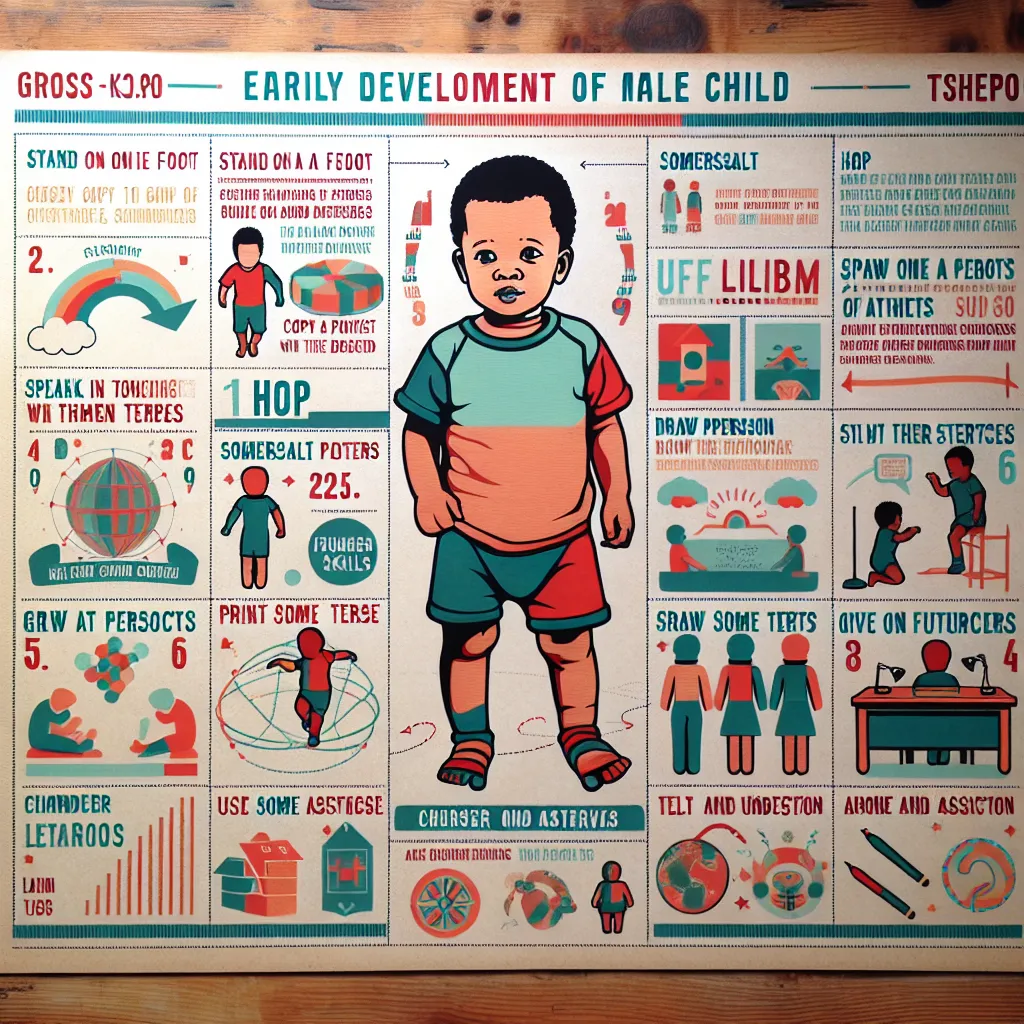
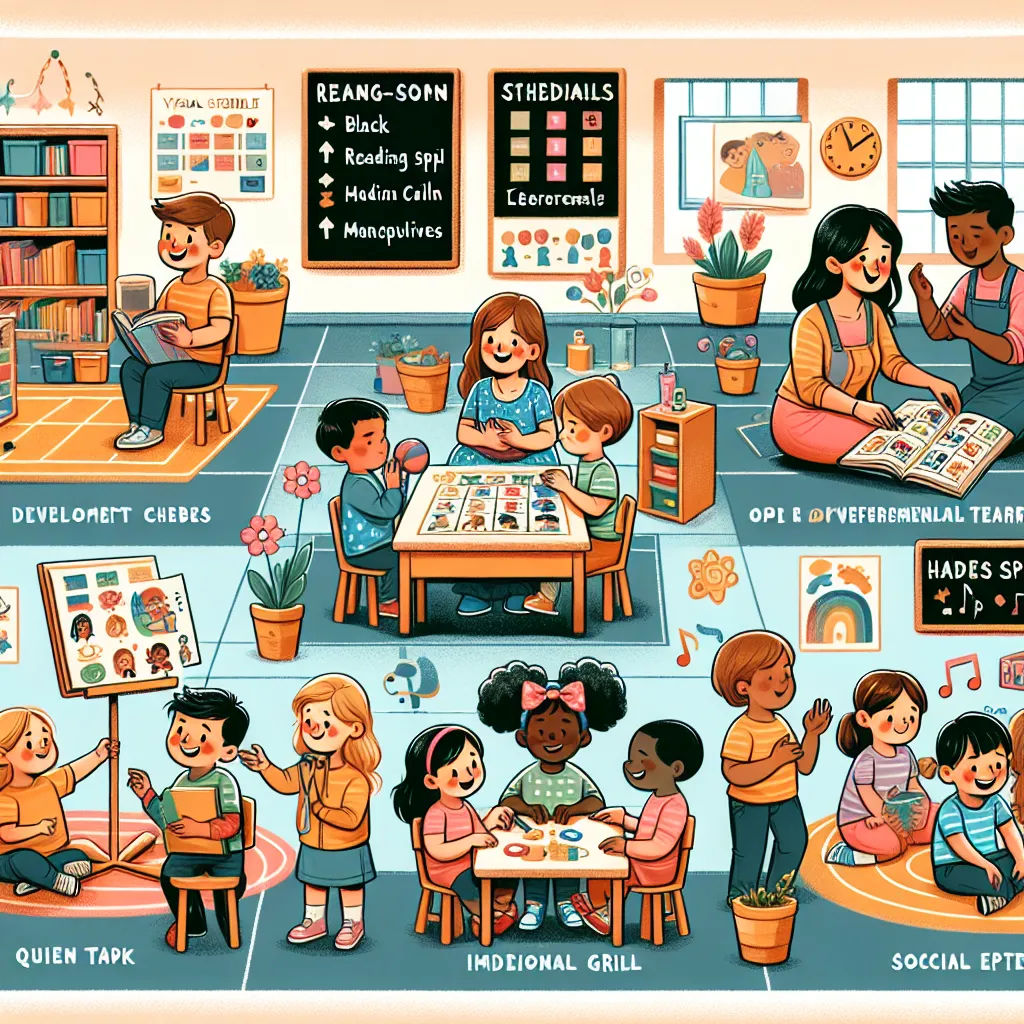
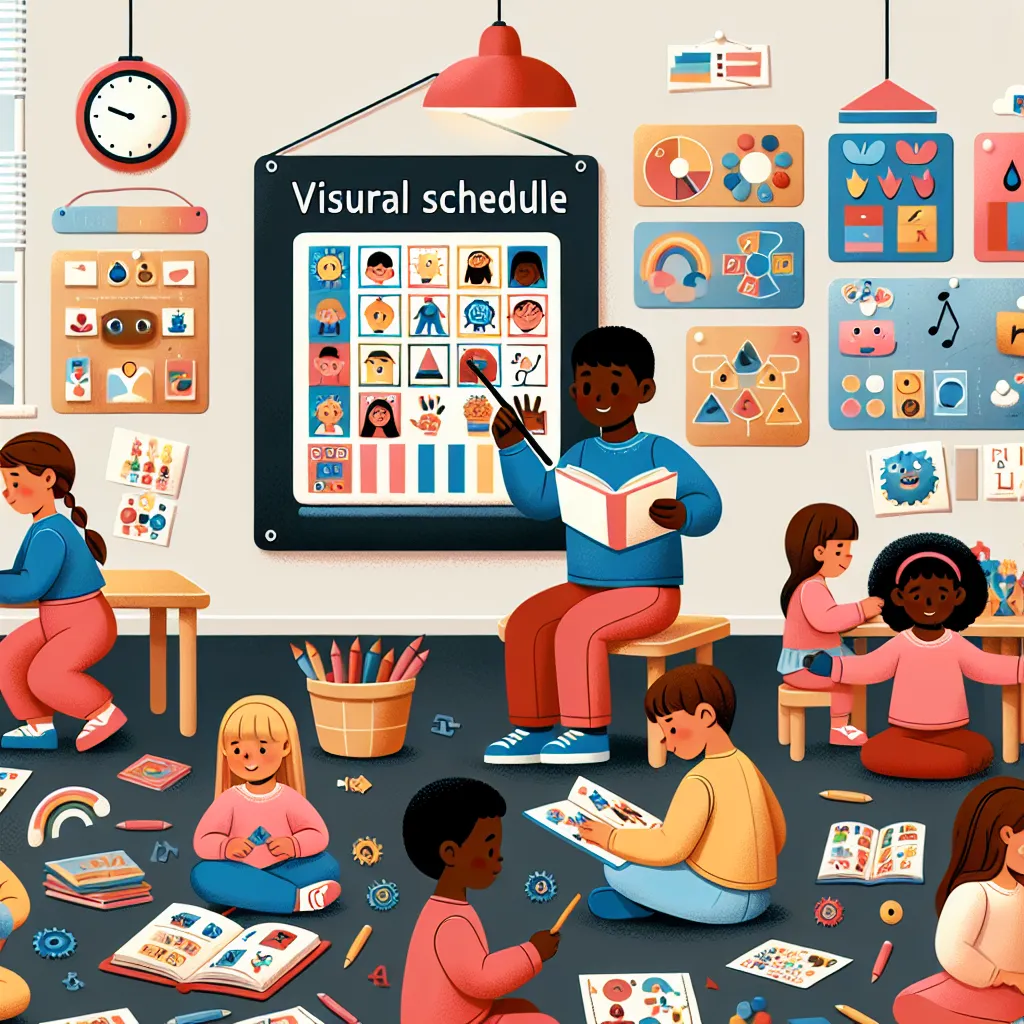
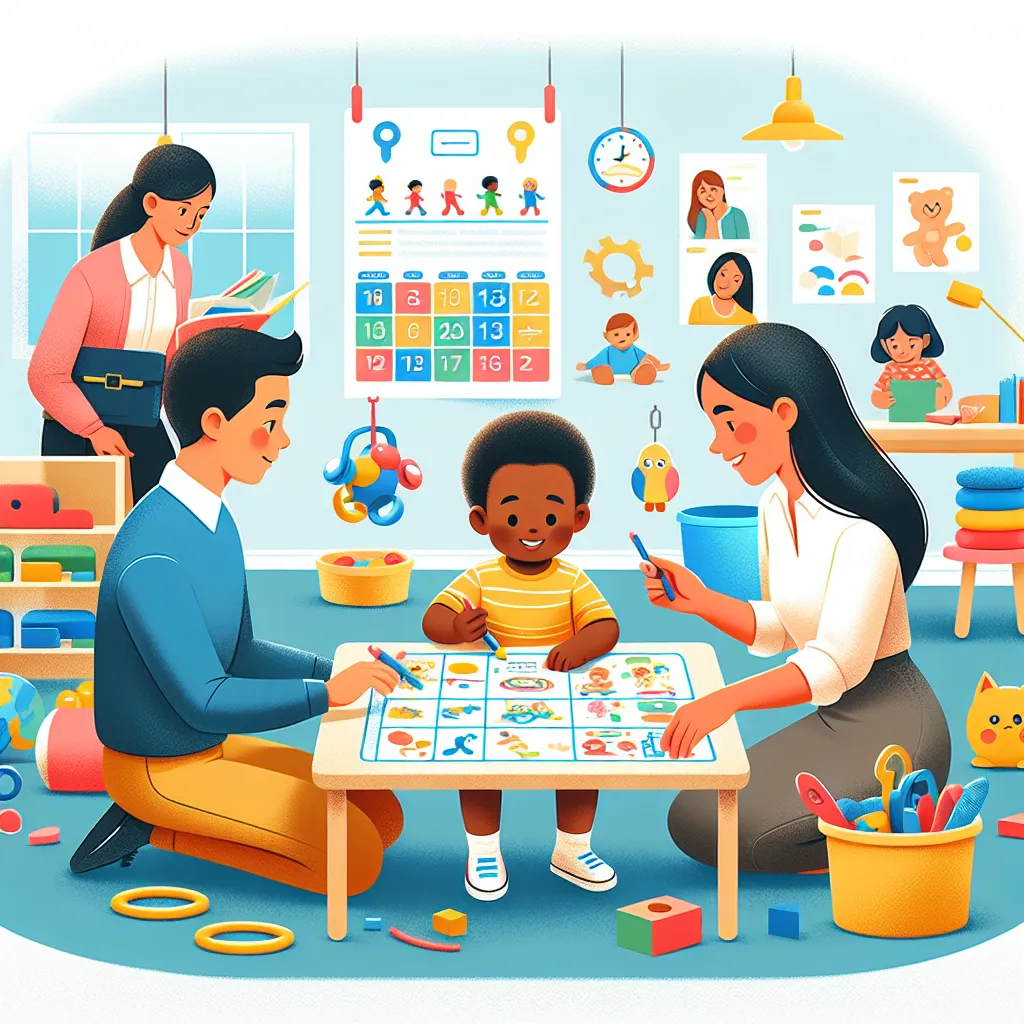


Post your own comment: